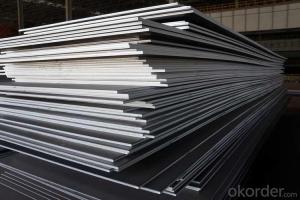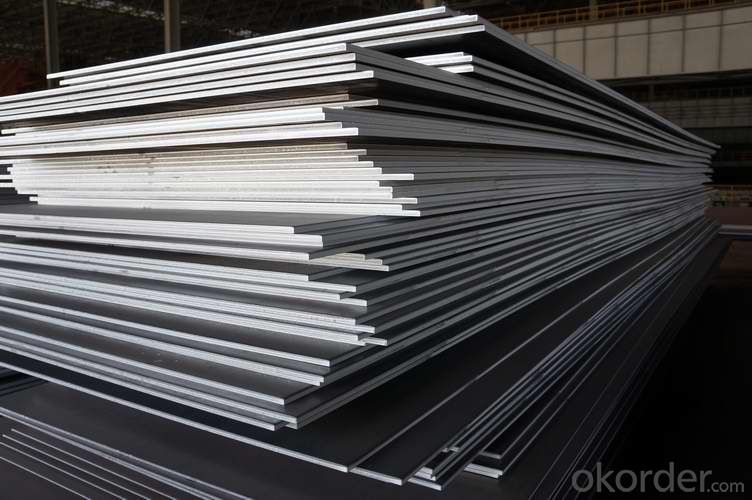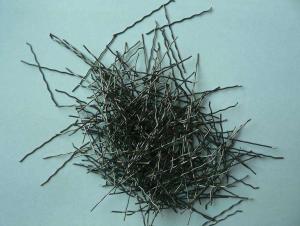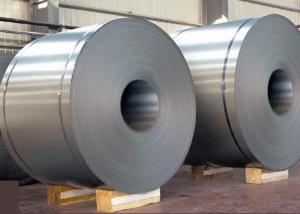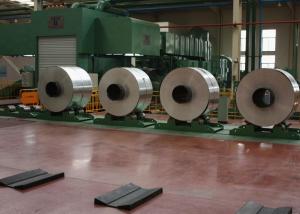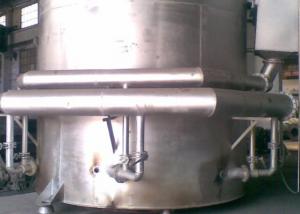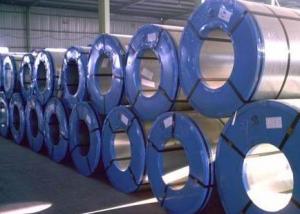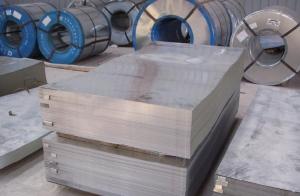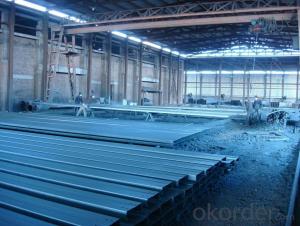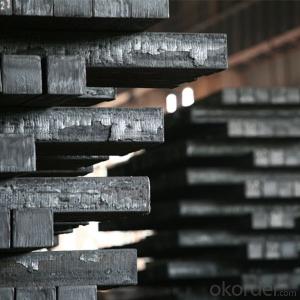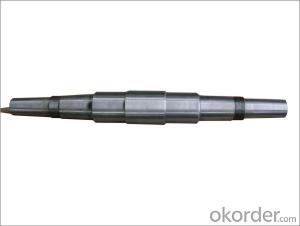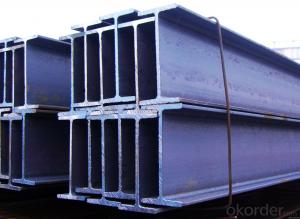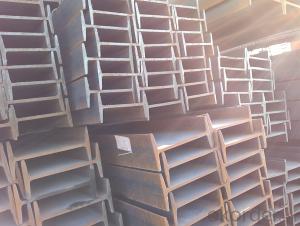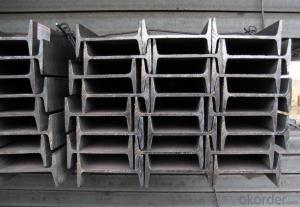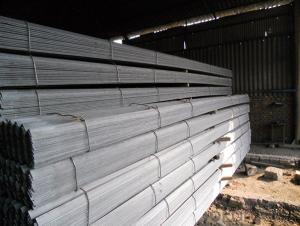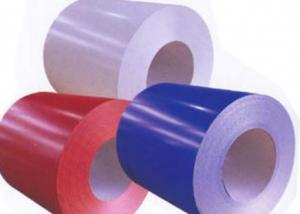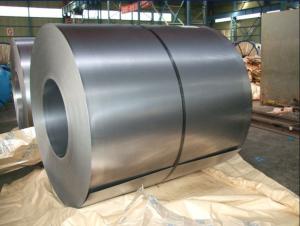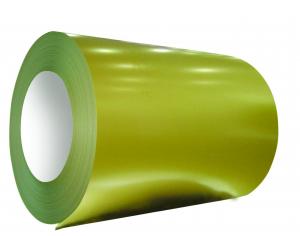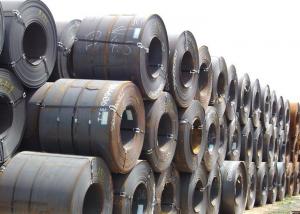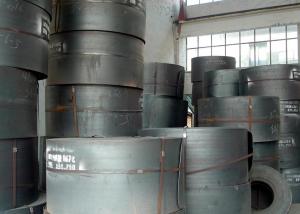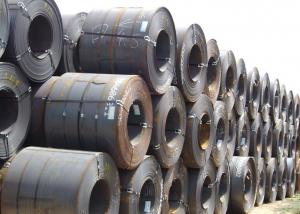I Beam Steel Profile Hot Rolled with High Quality for Construction
- Loading Port:
- China main port
- Payment Terms:
- TT or LC
- Min Order Qty:
- 50 m.t.
- Supply Capability:
- 10000 m.t./month
OKorder Service Pledge
OKorder Financial Service
You Might Also Like
Product Description:
OKorder is offering I Beam Steel Profile Hot Rolled with High Quality for Construction at great prices with worldwide shipping. Our supplier is a world-class manufacturer of steel, with our products utilized the world over. OKorder annually supplies products to European, North American and Asian markets. We provide quotations within 24 hours of receiving an inquiry and guarantee competitive prices.
Product Applications:
I Beam Steel Profile Hot Rolled with High Quality for Construction are ideal for structural applications and are widely used in the construction of buildings and bridges, and the manufacturing, petrochemical, and transportation industries.
Product Advantages:
OKorder's I Beam Steel Profile Hot Rolled with High Quality for Construction are durable, strong, and resist corrosion.
Main Product Features:
· Premium quality
· Prompt delivery & seaworthy packing (30 days after receiving deposit)
· Corrosion resistance
· Can be recycled and reused
· Mill test certification
· Professional Service
· Competitive pricing
Packaging & Delivery:
Packaging Detail: products are packed in bundle and then shipped by container or bulk vessel, deformed bar is usually naked strapping delivery, when storing, please pay attention to moisture proof. The performance of rust will produce adverse effect.
Each bundle weight: 2-3MT, or as required
Payment term: TT or L/C
Delivery Detail: within 45 days after received advanced payment or LC.
Label: to be specified by customer, generally, each bundle has 1-2 labels
Trade terms: FOB, CFR, CIF
FAQ:
Q1: Why buy Materials & Equipment from OKorder.com?
A1: All products offered byOKorder.com are carefully selected from China's most reliable manufacturing enterprises. Through its ISO certifications, OKorder.com adheres to the highest standards and a commitment to supply chain safety and customer satisfaction.
Q2: How do we guarantee the quality of our products?
A2: We have established an advanced quality management system which conducts strict quality tests at every step, from raw materials to the final product. At the same time, we provide extensive follow-up service assurances as required.
Q3: How soon can we receive the product after purchase?
A3: Within three days of placing an order, we will begin production. The specific shipping date is dependent upon international and government factors, but is typically 7 to 10 workdays.
Images:
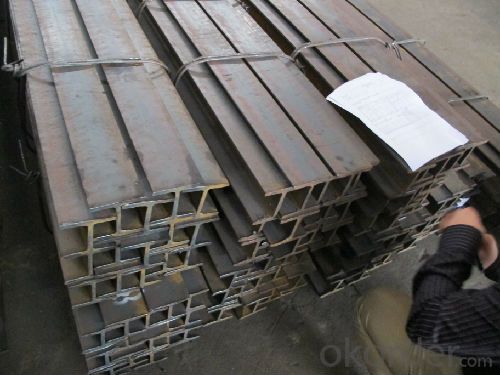
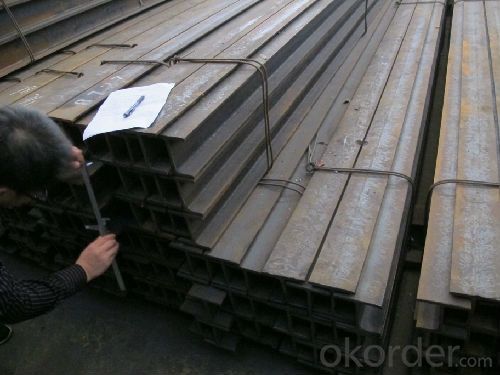
- Q: What are the different types of steel profiles used in architecture?
- There are several types of steel profiles commonly used in architecture, including I-beams, H-beams, C-channels, angle irons, and hollow structural sections (HSS). These profiles offer different structural properties and are utilized for various purposes, such as providing support, creating framework, and enhancing aesthetic design in architectural structures.
- Q: What are the different types of steel springs and their uses?
- There are several types of steel springs, each designed for specific applications. Some common types include compression springs, which are used to resist compressive forces and store energy; extension springs, which resist stretching and are commonly found in trampolines or garage doors; torsion springs, which generate rotational force and are used in clothespins or mousetraps; and flat springs, which provide flexibility in limited spaces, such as in automotive suspensions. Each type of spring has a unique design and purpose, allowing them to be utilized in a wide range of industries and products.
- Q: How is steel pipe coated for underground installations?
- Steel pipe is commonly coated for underground installations using various methods such as applying fusion-bonded epoxy (FBE), three-layer polyethylene (3LPE), or three-layer polypropylene (3LPP) coatings. These coatings provide protection against corrosion and abrasion, ensuring the longevity and durability of the pipe in underground environments.
- Q: How is steel sheet metal stamped for automotive parts?
- Steel sheet metal is typically stamped for automotive parts using a process called metal stamping. This involves placing a sheet of steel between two dies and applying immense pressure to form the desired shape. The dies have the desired shape of the automotive part, and the pressure from hydraulic or mechanical presses forces the steel sheet to conform to the shape of the dies, resulting in the stamped automotive part.
- Q: How is steel used in the aerospace industry?
- Steel is used in the aerospace industry for various purposes, including the construction of aircraft structures, engine components, and landing gears. Its high strength-to-weight ratio and excellent durability make it suitable for withstanding extreme conditions and ensuring the safety and reliability of aerospace vehicles.
- Q: What are the different types of steel hinges and hardware available?
- There are several different types of steel hinges and hardware available, including butt hinges, continuous hinges, piano hinges, strap hinges, pivot hinges, gate hinges, and cabinet hinges. Each type of hinge has its own unique design and functionality, making it suitable for specific applications and requirements. Additionally, there are various hardware options such as screws, bolts, latches, handles, and brackets that complement the hinges and provide additional support and functionality.
- Q: What are the different types of steel wires and their applications in telecommunications?
- There are several types of steel wires commonly used in telecommunications. One of the most widely used types is galvanized steel wire, which is coated with a layer of zinc to protect against corrosion. This type of wire is commonly used for overhead lines, such as telephone and power lines. Another type is high-carbon steel wire, which is known for its strength and durability. This type of wire is commonly used for applications that require high tensile strength, such as antenna cables and suspension wires. Stainless steel wire is another commonly used type, known for its resistance to corrosion and heat. It is often used in applications where exposure to harsh environmental conditions is expected, such as submarine cables and satellite dish supports. Lastly, copper-clad steel wire is a type of wire that combines the conductivity of copper with the strength of steel. It is commonly used for grounding applications in telecommunications systems. Overall, the different types of steel wires have various applications in telecommunications, ranging from overhead lines to antenna cables, grounding systems, and support structures. Each type of wire offers specific characteristics that make it suitable for different telecommunications needs.
- Q: How are steel products used in the construction of schools and educational institutions?
- Steel products are widely used in the construction of schools and educational institutions for various purposes. They are commonly used in the structural framework, such as columns, beams, and trusses, to provide support and stability to the buildings. Additionally, steel is used in the construction of roofs, walls, and floors due to its durability and ability to withstand heavy loads. Steel products also play a crucial role in the construction of doors, windows, and other architectural features, ensuring safety and security. Overall, steel products are essential in creating sturdy and long-lasting educational facilities.
- Q: How is steel used in the production of laboratory equipment?
- Steel is used in the production of laboratory equipment due to its durability, corrosion resistance, and high heat resistance. It is commonly used to manufacture items such as lab benches, cabinets, fume hoods, and various tools and instruments.
- Q: What are the different types of steel fasteners and their uses in machinery?
- There are several types of steel fasteners commonly used in machinery. These include bolts, screws, nuts, washers, and rivets. Bolts are threaded fasteners used to join two or more parts together and provide a strong and secure connection. Screws are similar to bolts but have a different head shape and are often used to hold components in place or to create threaded holes. Nuts are used in conjunction with bolts to secure them in place. Washers are flat, thin discs placed between the nut and the surface of the material being fastened to distribute the load and prevent damage. Rivets are used to permanently join two or more materials together by deforming the ends of the rivet to create a secure connection. Each of these steel fasteners plays a vital role in machinery, ensuring structural integrity, enabling disassembly and reassembly, and providing efficient and reliable operation.
Send your message to us
I Beam Steel Profile Hot Rolled with High Quality for Construction
- Loading Port:
- China main port
- Payment Terms:
- TT or LC
- Min Order Qty:
- 50 m.t.
- Supply Capability:
- 10000 m.t./month
OKorder Service Pledge
OKorder Financial Service
Similar products
Hot products
Hot Searches
Related keywords
